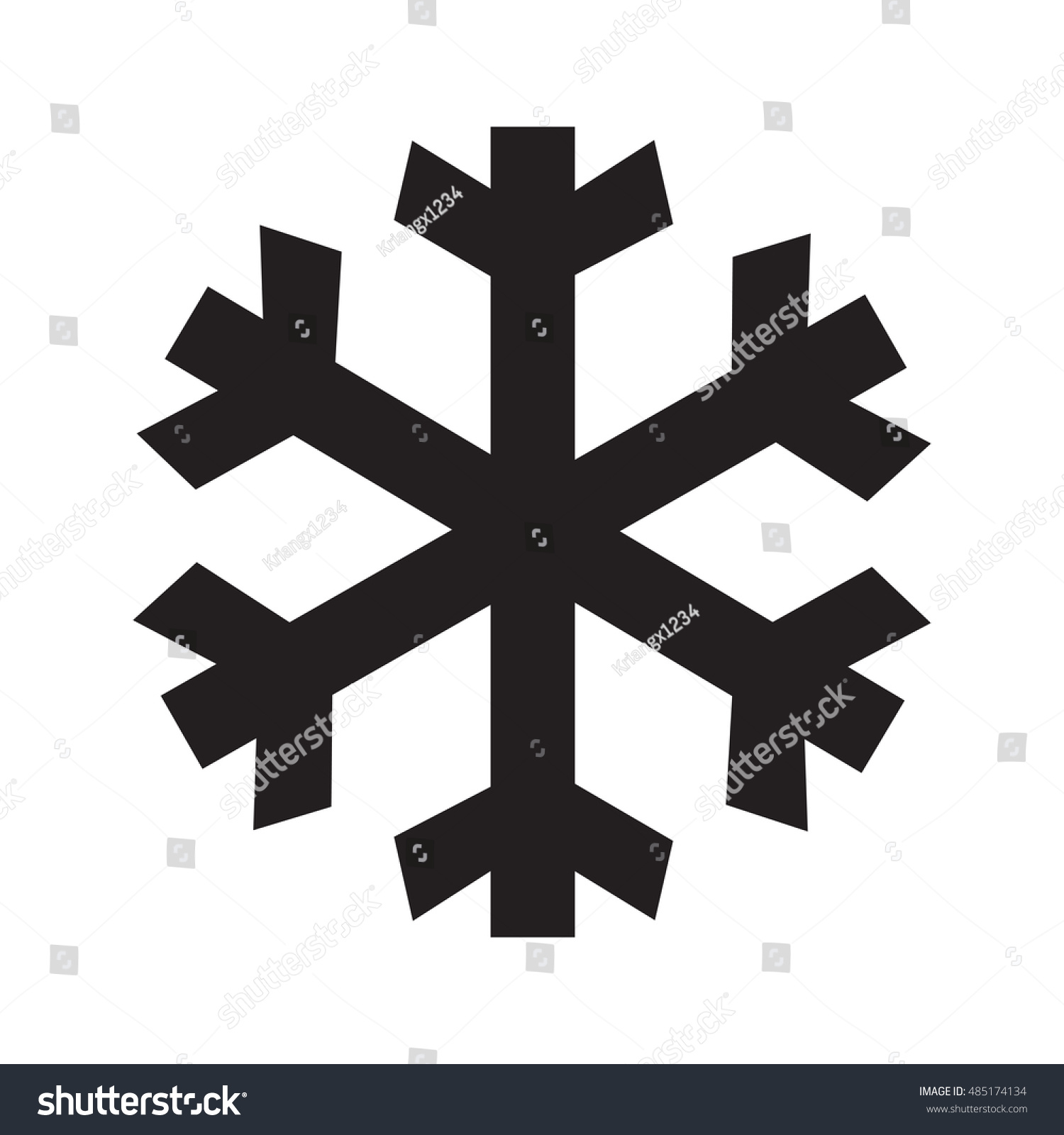Title Page
-
Site conducted
-
Conducted on
-
Prepared by
-
Location
-
Work Order Number
Untitled Page
(T)ools, (S)afety Equipment and (M)aterials
-
Mechanic's tool set
-
Megger
-
Clamp-on amp meter
-
Cleaning materials and equipment
-
Oiler
-
Lubricants
-
Coil cleaner
-
Fin comb
-
Vacuum
-
Ladder
-
Filter replacement
-
Biocide strips
Safety Guidelines
-
Follow site safety rules for lockout and tagout
-
Schedule outage with operating staff
-
Be very careful when climbing access ladders
-
Perform proper lockout/tagout steps of site safety rules
-
Don't leave fingerprints on ceiling tiles
-
Thoroughly clean working spaces
-
Review and follow the manufacturer's O and M instructions
-
Report any problems you find
-
Record the results in the maintenance log
Maintenance Procedures
General:
-
Casing:
-
Cover all exposed surfaces below the evaporator
-
Carefully remove access panels, covers, or ceiling tiles to gain access to the equipment
-
Casing:
-
Clean the exterior and interior of the unit casing
-
Remove rust and corrosion. Apply corrosion protection
-
Carefully inspect all fasteners to ensure integrity and replace any which have rusted. All replacement components, parts, and materials should be of rust resistant manufacture
-
Check belts and alignment, if applicable
-
Inspect air side and condensate removal components:
-
Inspect and clean coils by vacuuming or brushing. Use coil cleaner if excessively dirty
-
Use fin comb to straighten coil fins where necessary
-
Inspect and clean washable filters if dirty. Recharge wire mesh filters with oil when applicable
-
Inspect and replace disposable filters if dirty
-
Drain and clean condensate pan. Check condensate lines for free flow
-
Replace biocide strips
-
Fix damaged or missing insulation on the cooling lines using "Armaflex" and/or no-drip tape
-
Clean strainers
-
Check controls, trap, freeze-stat, and control-stat for proper operation
-
Service condensate pumps if equipped
-
Clean and test motors and fans:
-
Check ventilation ports for soil accumulation, clean if necessary
-
Clean exterior of motor surfaces of soil accumulation
-
Clean fan blades and check for damage
-
Check belts and alignment, if applicable
-
Lubricate motor bearings where required. Check manufacturer's information for requirements
-
Check motor windings for accumulation of soil. Vacuum if required
-
Check hold down bolts and grounding straps for tightness
-
Check electrical connections for tightness
-
Meggar motors 5 horsepower or greater
-
Return to service and perform an operational test
-
Test in heating and cooling modes
-
Check unit sensors and calibrate if required. Record calibration values
-
Check unit for noise, vibration or condensate leakage
-
Check for refrigeration leaks. Submit a work order to repair any leaks found
-
Measure running current for all motors 5 horsepower or greater
-
Clean area around equipment
Maintenance Hours
-
Time spent on work order?

















